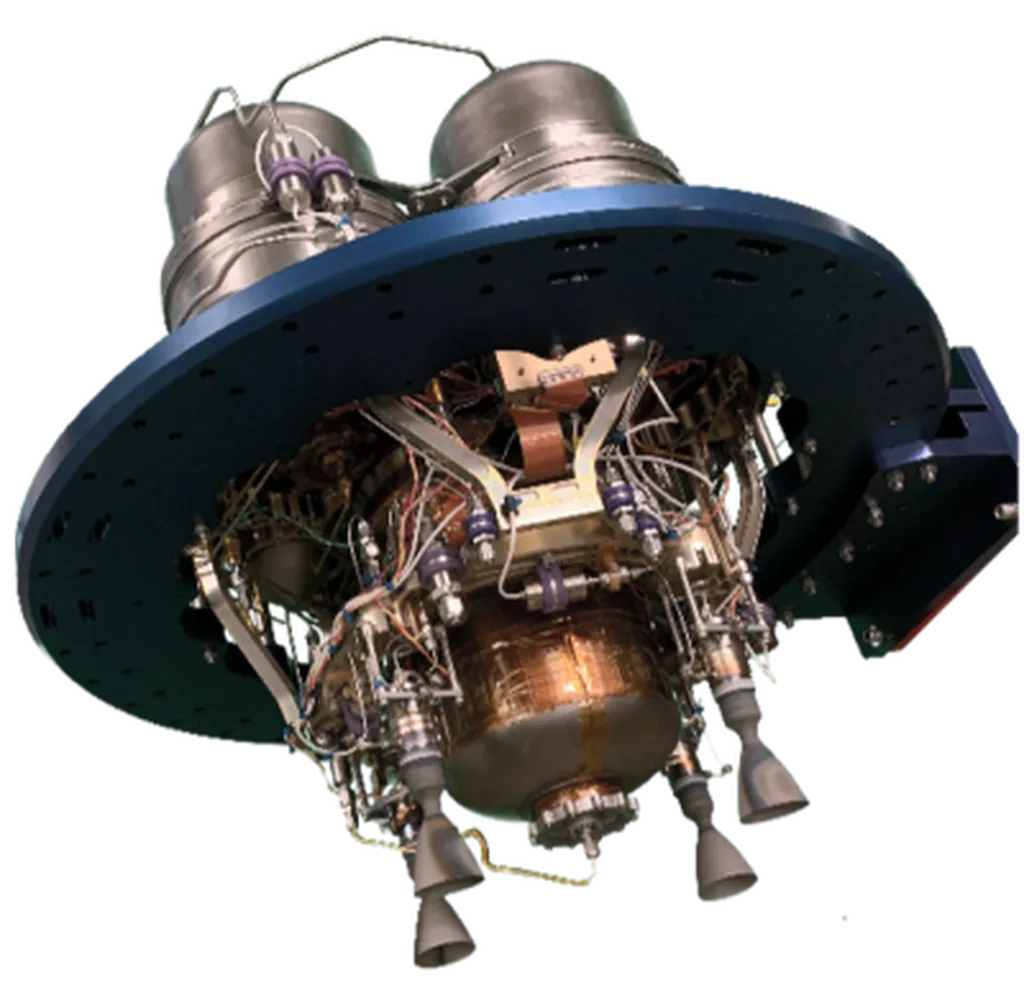In the heart of South Korea, researchers are revolutionizing the way we think about carbon dioxide (CO2) injection, a critical process in carbon capture and storage (CCS) and enhanced gas recovery (EGR). Sungil Kim, a leading scientist at the Petroleum Energy Research Center, Marine Geology and Energy Division, Korea Institute of Geoscience and Mineral Resources, has developed a groundbreaking deep learning model that promises to make CO2 injection safer, more efficient, and commercially viable on a larger scale.
Kim’s innovative approach, published in the journal ‘Applied Computing and Geosciences’ (translated from Korean as ‘Applied Computing and Geosciences’), focuses on predicting the phase of CO2 at the bottom of injection wells. This might sound like a niche topic, but it’s a game-changer for the energy sector. You see, when CO2 is injected into wells, it can exist in different phases—supercritical or dense. Getting this wrong can lead to operational inefficiencies, equipment failure, and even compromised storage integrity. In other words, it’s a high-stakes guessing game that companies can no longer afford to play.
Kim’s solution? An adaptive factorization network (AFN) that learns from the complexities of real-world well geometries and injection conditions. “Previous models overlooked the impact of well geometry,” Kim explains. “But in the real world, every well is unique, and these differences matter. Our model accounts for that, making it more reliable for practical applications.”
The AFN model was trained on data from nearly 43,000 wells across seven major North American shale gas basins. It’s like teaching a computer to recognize cats by showing it millions of cat pictures. But in this case, the ‘cats’ are complex well geometries and injection conditions. The result? An impressive F1-score of 0.94, a metric that reflects the model’s accuracy. With data augmentation, the model’s performance improved even further, reducing false predictions by 50% and boosting the F1-score to 0.97.
So, what does this mean for the energy sector? For starters, it means more accurate predictions of CO2 phase transitions, which can optimize wellhead temperatures and improve injection efficiency. It means reduced risks of equipment failure and storage compromise. And it means a more scalable, high-accuracy framework for evaluating CO2 storage and EGR feasibility.
But perhaps the most exciting implication is the potential for this technology to make CCS and EGR more commercially viable. As Kim puts it, “Our model provides a data-driven approach to CO2 injection modeling, which can help companies make more informed decisions and reduce operational risks.”
As the world grapples with the challenges of climate change, technologies like Kim’s AFN model offer a beacon of hope. They show us that with the right tools and approaches, we can make significant strides towards a more sustainable energy future. And in this case, that future might just be a deep learning model away.

